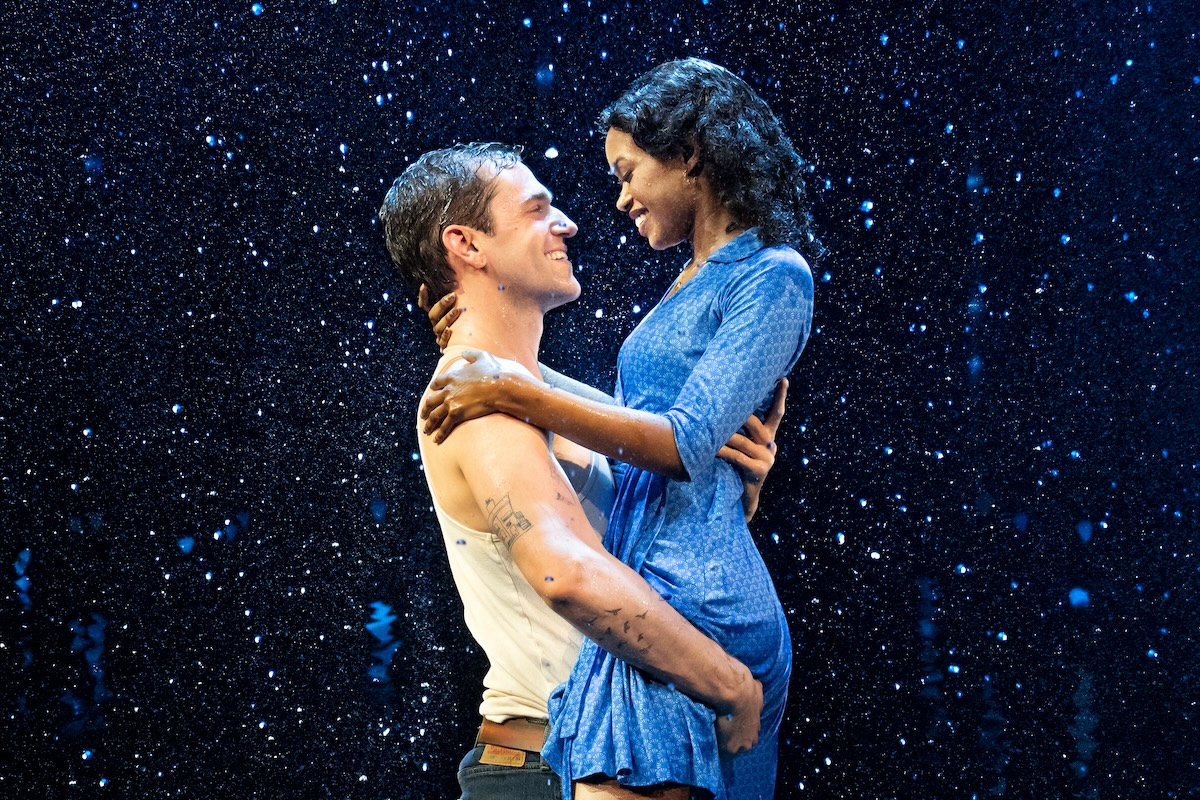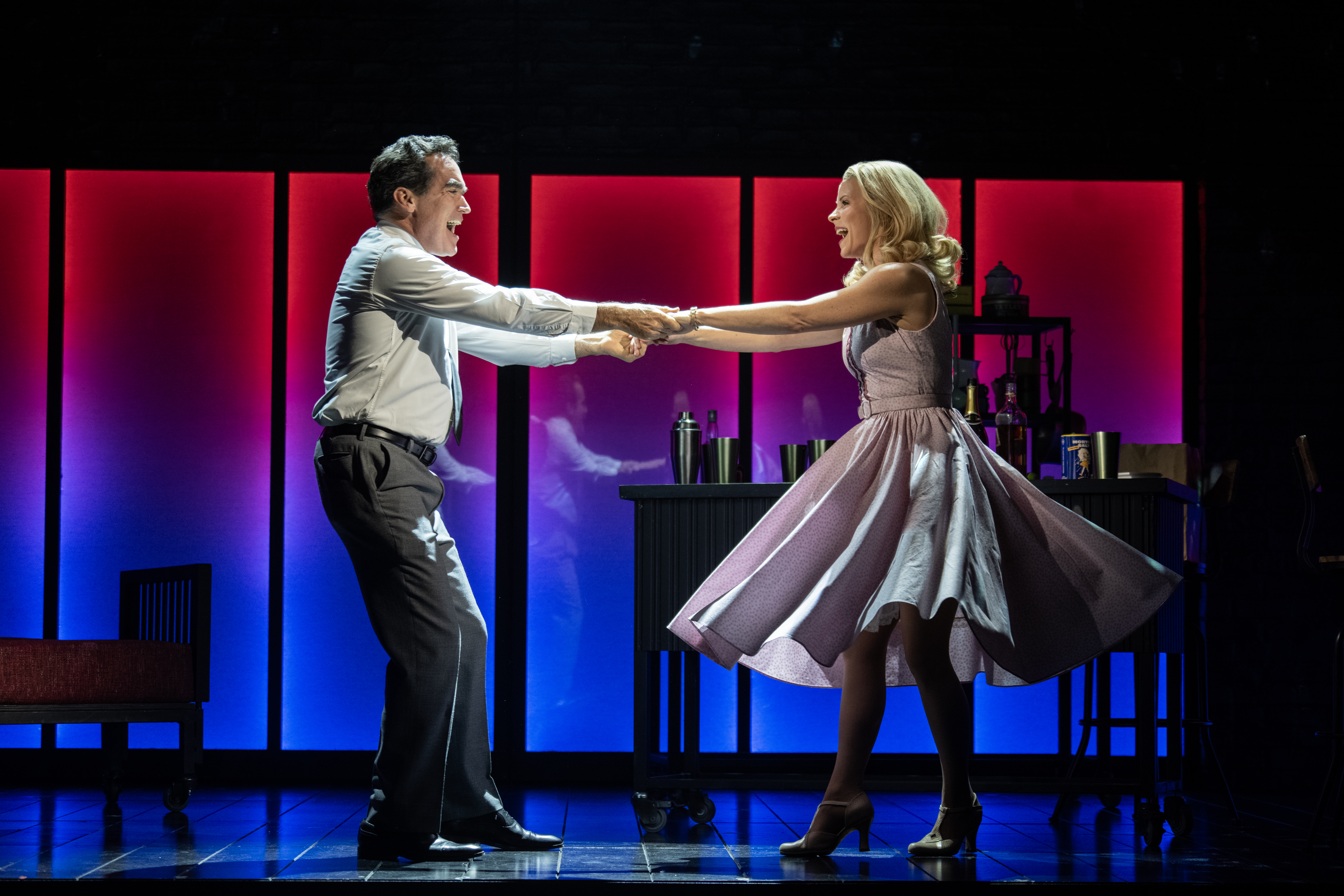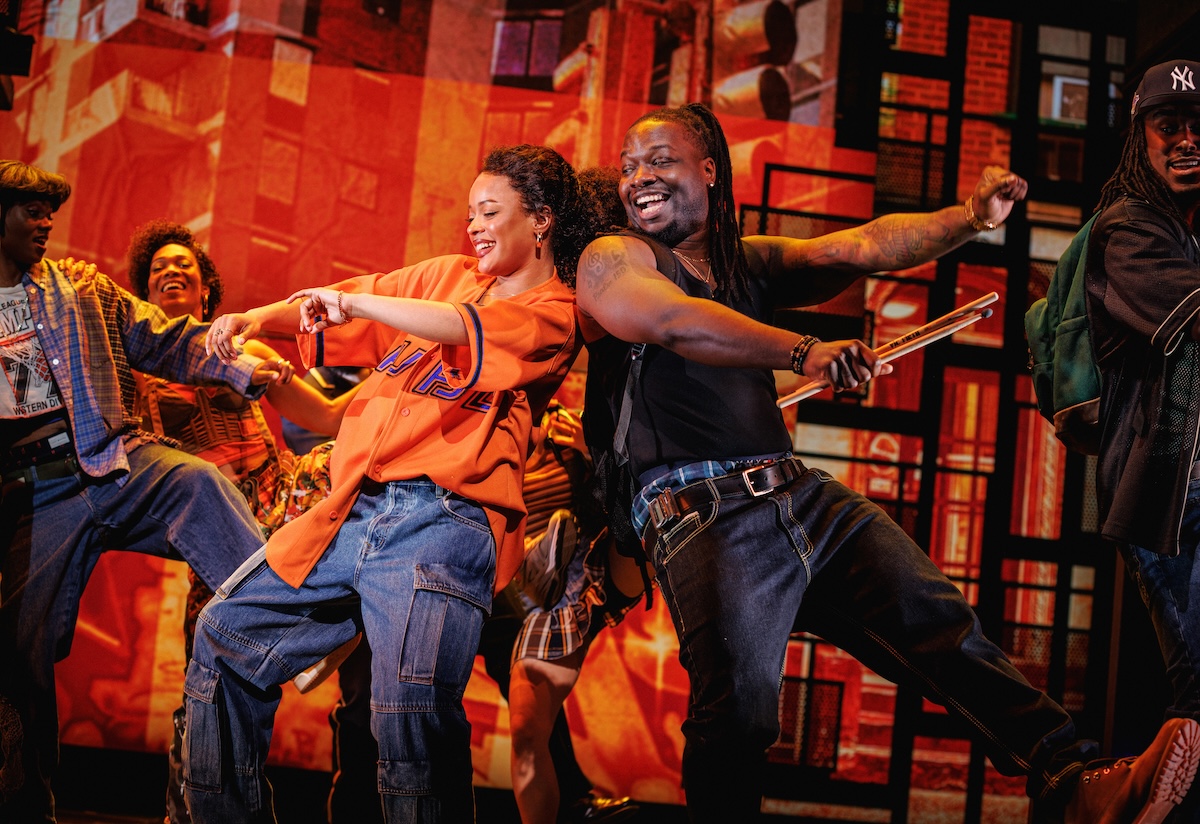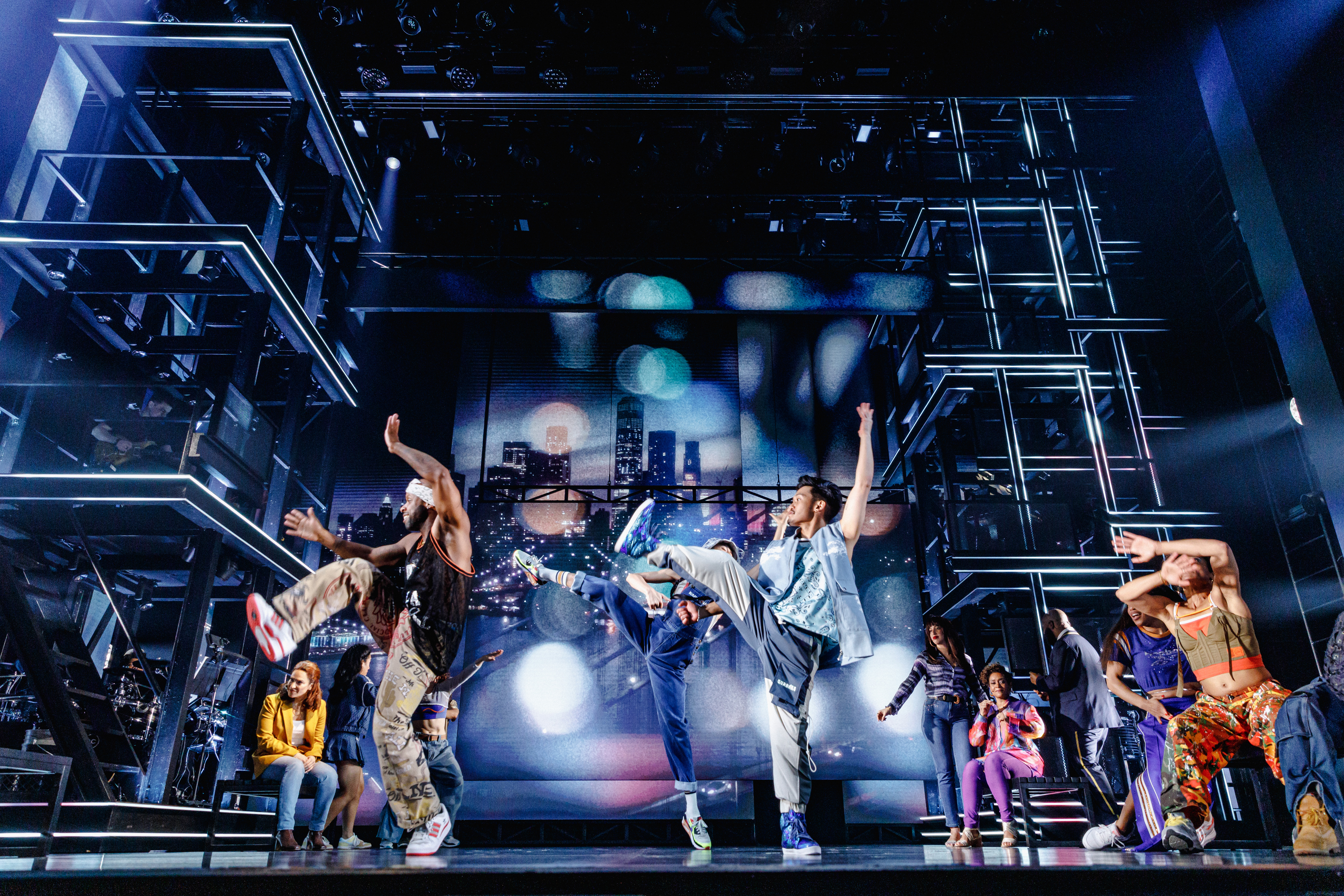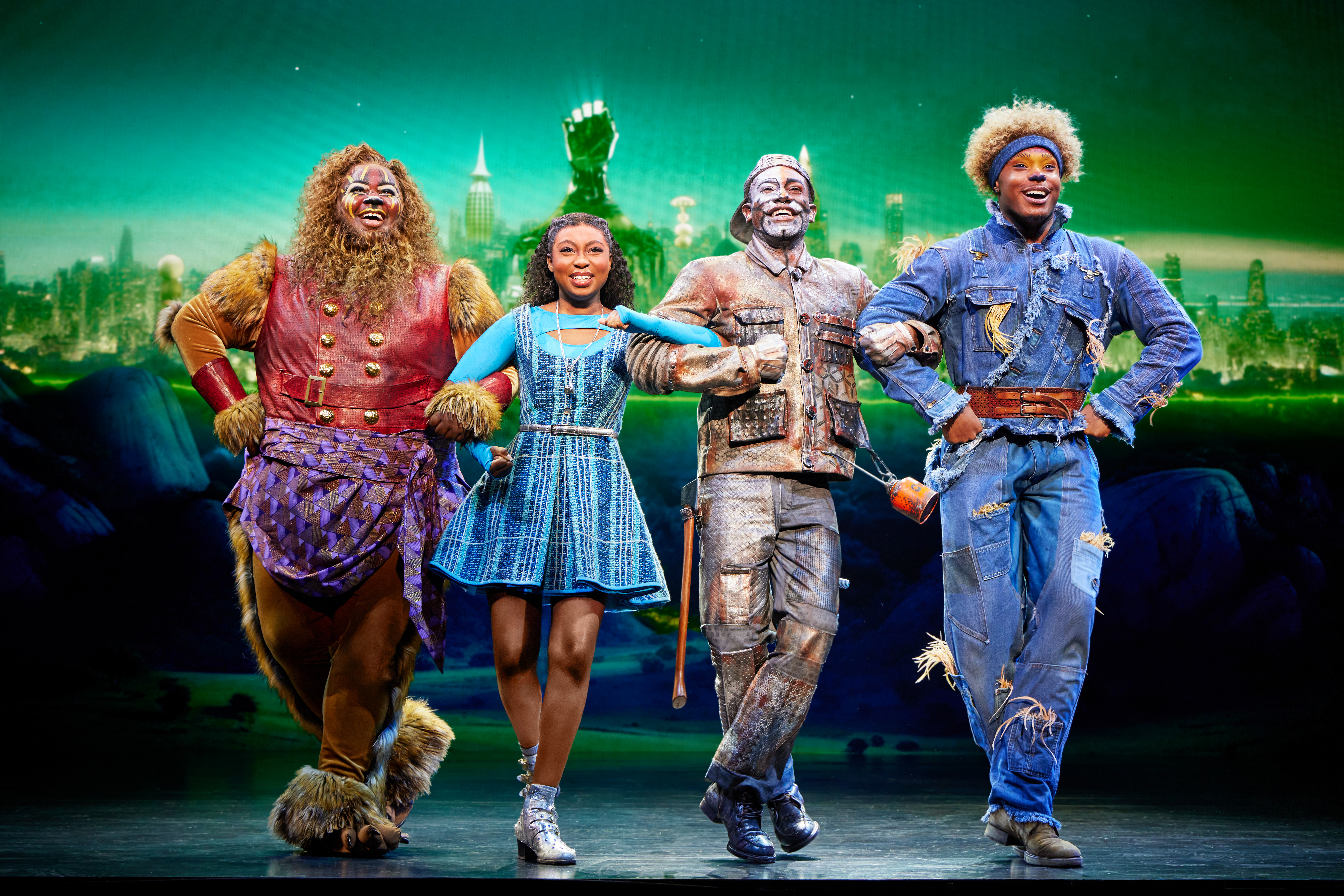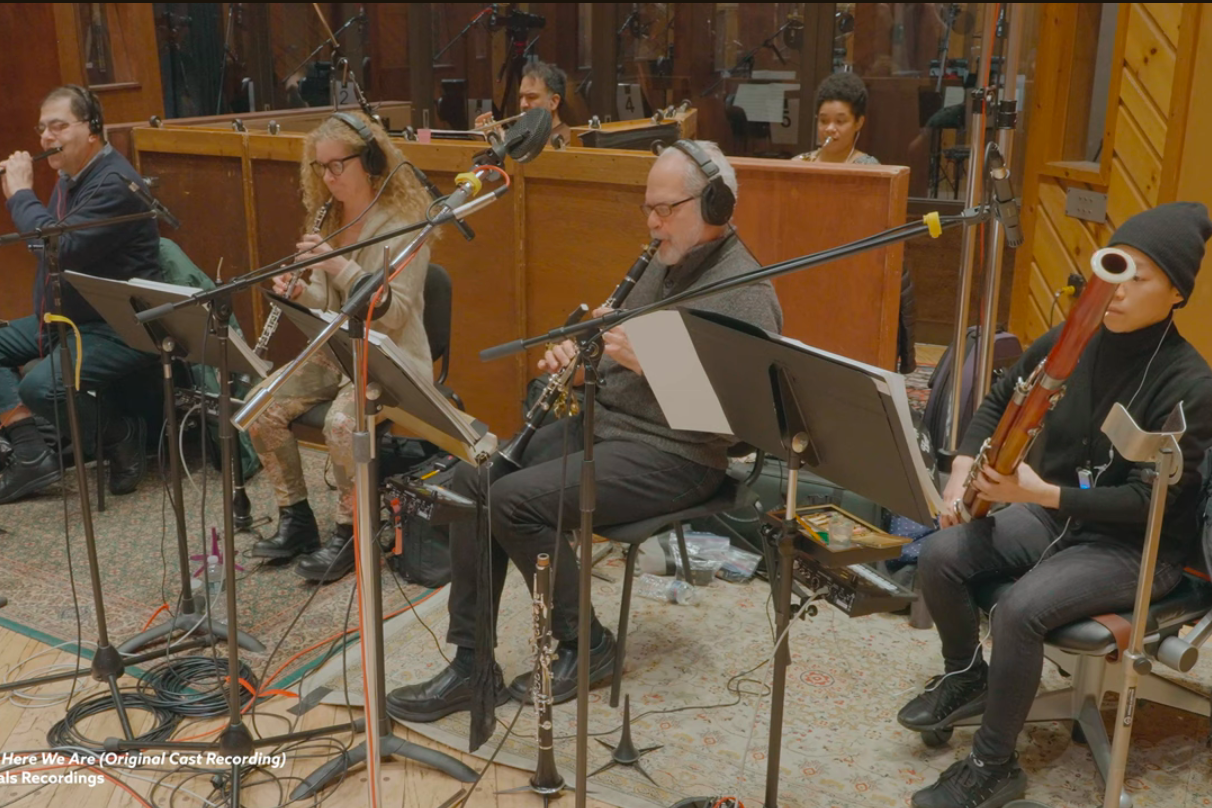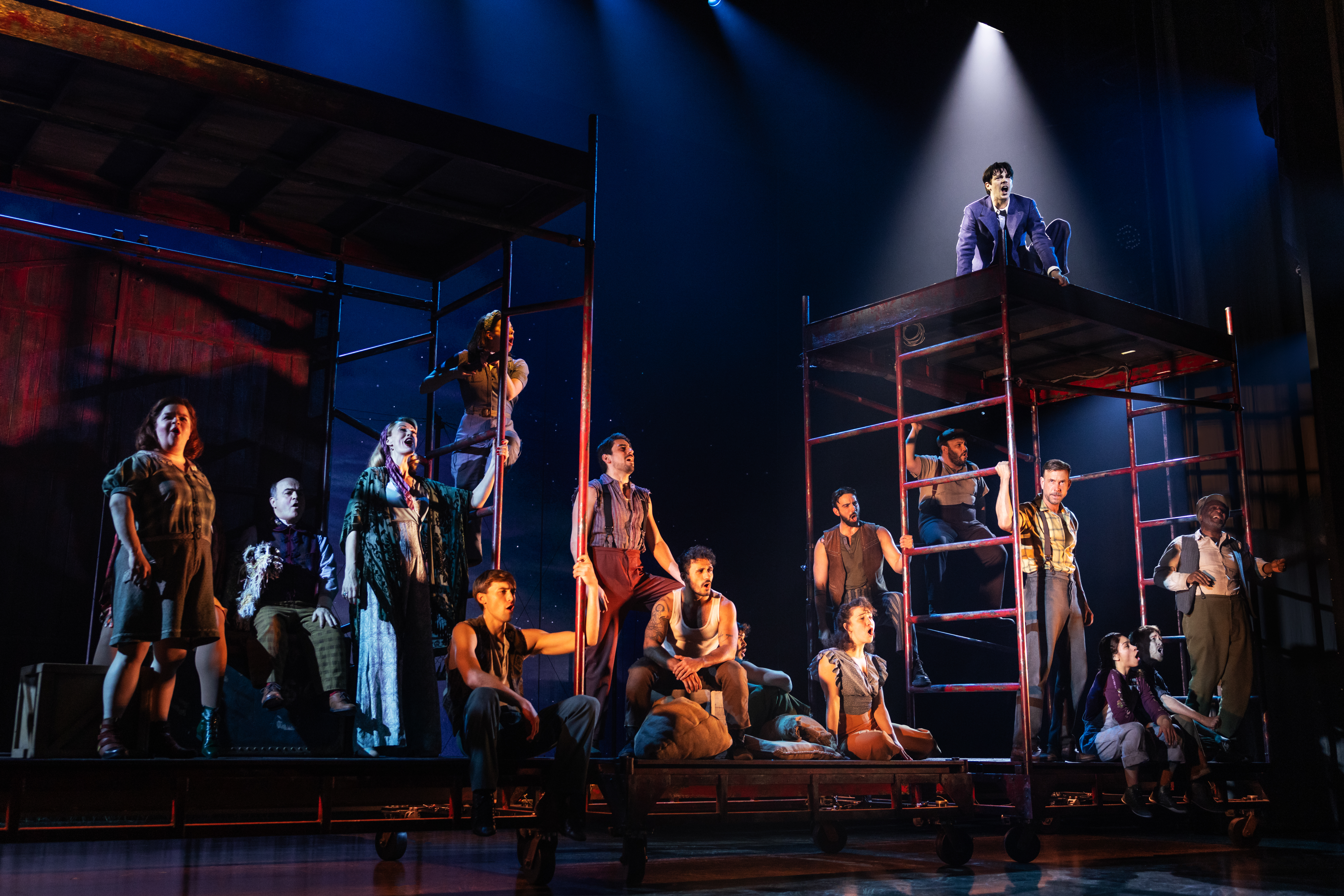The Dos and Don’ts of Theater Media
“Technology… is a queer thing. It brings you great gifts with one hand, and it stabs you in the back with the other.” — Carrie Snow
When it comes to digital media, I’m a bit of a skeptic. (Okay, so some people call me a hater.) But the truth is, I don’t dislike media at all. What I do dislike is the way it’s often employed. Without further ado, I present the Dos and Don’ts of Theater Media!
DO explore the options that digital media provides. This past semester, Carnegie Mellon did Caryl Churchill’s Mad Forest, a production I was fortunate enough to be working on. The director was encouraged to use media, and we ended up having the entire second act (which was a bunch of interviews) filmed and projected over a movement piece. It was a totally different way of presenting that part of the play and one made possible because of our ability to use digital media.
DON’T use media for media’s sake. “Because it’s cool” is rarely a good enough reason to do something on stage. Before you get a media designer and plot out abstract images to project across the back wall, consider what it really adds. In my experience, media often takes away from shows rather than adding to them, all for the sake of being “experimental.” Spectacle is the last of Aristotle’s six elements for a good play for a reason!
DO embrace digital media as a facet of theater that is here to stay. Last spring, we did a devised production, The Alice Project, which was extremely media heavy. There were live webcams, moving scenic backdrops, and some really stunning visual displays, all of which culminated into one fantastical adaptation of Lewis Carroll’s Through the Looking Glass. This was an experimental piece that brought media design into a devising process, and it was a unique project that ushered media into the forefront of the work we do at Carnegie Mellon.
DON’T use media to cheat. If the setting is a Venetian courtyard, don’t have a projection of the courtyard with a little tag reading, “Venice.” While I don’t think either of those is bad in essence, you shouldn’t use media as a crutch for good directing, acting, dramaturgy, and other design elements.
DO consider how media can fit into production theory. It always strikes me how Brechtian media can be: it jolts us out of the performance on stage, it can introduce scenes and locations. The recent CMU production of The Good Person of Szechwan used media in this way, which was very appropriate for a Brecht piece!
DON’T be afraid of media, and don’t dismiss it. I’m guilty of this myself. If you’re seeing a show that’s media heavy, try to go in with an open and ready mind. Media can be a wonderful asset to a production. I certainly don’t think that every production needs it, or can be served by it, but many are. As I said earlier, we should embrace digital media, not dismiss it as too new, too technological, too scary. Is it a threat to the world of theater as we know it? Yes and no. It’s certainly changed things. Many companies are now requiring productions to use digital media. Audiences may come to expect it. But there is no replacement for classic theater either, theater that communicates in the way we have been since our beginnings: a story, an actor, and a light to share it by.



